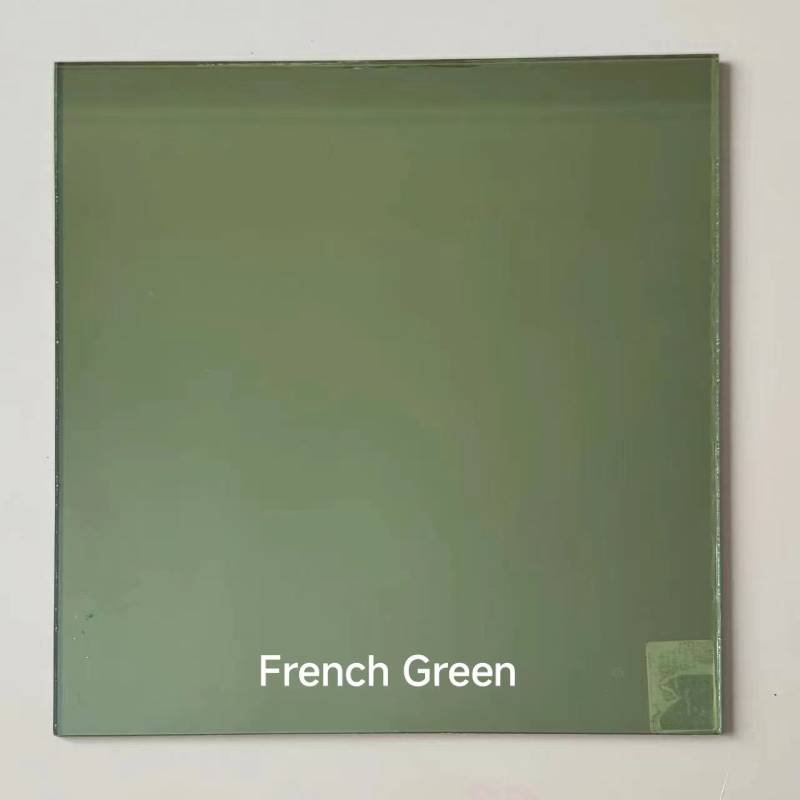

The Dynamics of 4mm Clear Float Glass Pricing
Float glass, known for its high clarity and smooth finish, plays a vital role in various applications, from residential and commercial buildings to automotive and decorative uses. Among its many variations, 4mm clear float glass is particularly popular due to its durability and versatile functionality. Understanding its pricing dynamics can help consumers and businesses make informed purchasing decisions.
What is 4mm Clear Float Glass?
Float glass is produced by floating molten glass on top of molten tin, which results in a smooth and uniform surface. The 4mm refers to the thickness of the glass, which is a standard option for many applications, including windows, glass doors, partitions, and furniture. Its clear appearance allows for maximum light transmission while providing adequate insulation and protection.
Factors Influencing the Price of 4mm Clear Float Glass
The pricing of 4mm clear float glass is influenced by several factors
1. Raw Material Costs The primary raw materials used in glass production are silica sand, soda ash, and limestone. Fluctuations in the prices of these materials due to market demand, extraction costs, or geopolitical issues can significantly affect the final cost of float glass.
2. Manufacturing Process The manufacturing process for float glass is energy-intensive. Variations in energy costs—particularly electricity and fuel—can alter production expenses. Companies often pass these costs onto consumers, resulting in price changes.
3. Transportation and Logistics The cost of shipping glass products from manufacturing plants to retailers or end-users can be considerable. Factors such as fuel prices, labor costs, and transportation infrastructure affect these expenses, impacting the final pricing of 4mm clear float glass.

4. Supply and Demand The balance between supply and demand plays a crucial role in pricing. In times of high demand for construction materials—often seen in booming real estate markets—prices may rise. Conversely, during economic downturns when construction activity slows, prices might drop due to reduced demand.
5. Market Competition The float glass market features several manufacturers and distributors. Competition can sometimes drive prices down as companies strive to attract more business. However, quality differences, brand reputation, and customer service also play a role in how pricing is structured.
6. Customization and Treating Processes While standard 4mm clear float glass is widely used, many customers opt for additional treatments or customizations—such as tinting, lamination, or anti-reflective coatings—which can lead to increased costs.
Current Price Trends
As of late 2023, the price of 4mm clear float glass has shown some variability due to the aforementioned factors. Analysts have noted a modest increase in prices compared to previous years, largely attributed to rising raw material costs and energy expenses. Moreover, with many countries investing in infrastructure and housing developments following the pandemic, demand for float glass has surged, further contributing to price increases.
For consumers, the average price of 4mm clear float glass often ranges between $3 to $10 per square foot, depending on location, supplier, and specific requirements. Builders and contractors are encouraged to shop around, as bulk purchases can often lead to substantial discounts.
Conclusion
The price of 4mm clear float glass is reflective of a complex interplay of various economic factors, from raw materials to market dynamics. As the construction industry continues to evolve, staying informed about these trends can empower buyers to make better decisions when purchasing glass for their projects. Understanding these influencing factors also highlights the importance of selecting reputable suppliers who can provide both quality products and competitive pricing. In an ever-changing market, knowledge is power for both individual consumers and businesses alike.